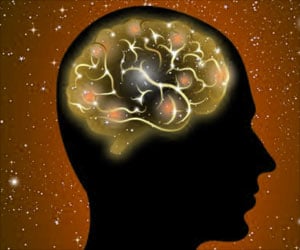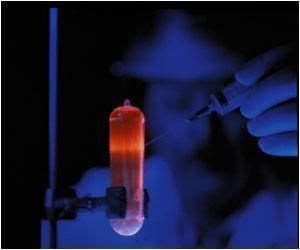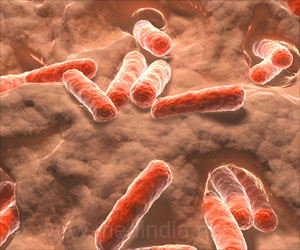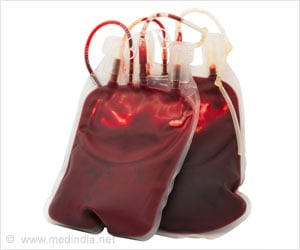At Cold Spring Harbor Laboratory (CSHL), biologists report that they have succeeded in obtaining an unprecedented view of a type of brain-cell receptor that is implicated in a range of neurological illnesses.
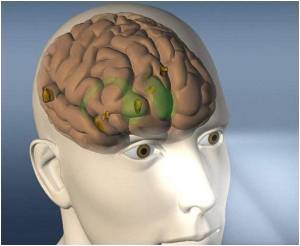
The team's atomic-level picture of the intact NMDA (N-methyl, D-aspartate) receptor should serve as template and guide for the design of therapeutic compounds.
The NMDA receptor is a massive multi-subunit complex that integrates both chemical and electrical signals in the brain to allow neurons to communicate with one another. These conversations form the basis of memory, learning, and thought, and critically mediate brain development. The receptor's function is tightly regulated: both increased and decreased NMDA activities are associated with neurological diseases.
Despite the importance of NMDA receptor function, scientists have struggled to understand how it is controlled. In work published today in Science, CSHL Associate Professor Hiro Furukawa and Erkan Karakas, Ph.D., a postdoctoral investigator, use a type of molecular photography known as X-ray crystallography to determine the structure of the intact receptor. Their work identifies numerous interactions between the four subunits of the receptor and offers new insight into how the complex is regulated.
"Previously, our group and others have crystallized individual subunits of the receptor – just fragments – but that simply was not enough," says Furukawa. "To understand how this complex functions you need to see it all together, fully assembled."
For such a large complex, this was a challenging task. Using an exhaustive array of protein purification methods, Furukawa and Karakas were able to isolate the intact receptor. Their crystal structure reveals that the receptor looks much like a hot air balloon. "The 'basket' is what we call the transmembrane domain. It forms an ion channel that allows electrical signals to propagate through the neuron," explains Furukawa.
Advertisement
When the ion channel "gate" opens, ions flow in and out of the cell through the channel pores. This generates an electrical current that sums up to create pulses that rapidly propagate through the neuron. But the current can't jump from one neuron to the next. Rather, the electrical pulse triggers the release of chemical messengers, called neurotransmitters. These molecules traverse the distance between the neurons and bind to receptors, such as the NMDA receptor, on the surface of neighboring cells. There, they act much like a key, unlocking ion channels within the receptor and propelling the electrical signal across another neuron and, ultimately, across the brain.
Advertisement
This information will be critical as scientists work to develop drugs that control the NMDA receptor. "Our structure defines the interfaces where multiple subunits and domains contact one another," says Furukawa. "In the future, these will guide the design of therapeutic compounds to treat a wide range of devastating neurological diseases."
Source-Eurekalert


